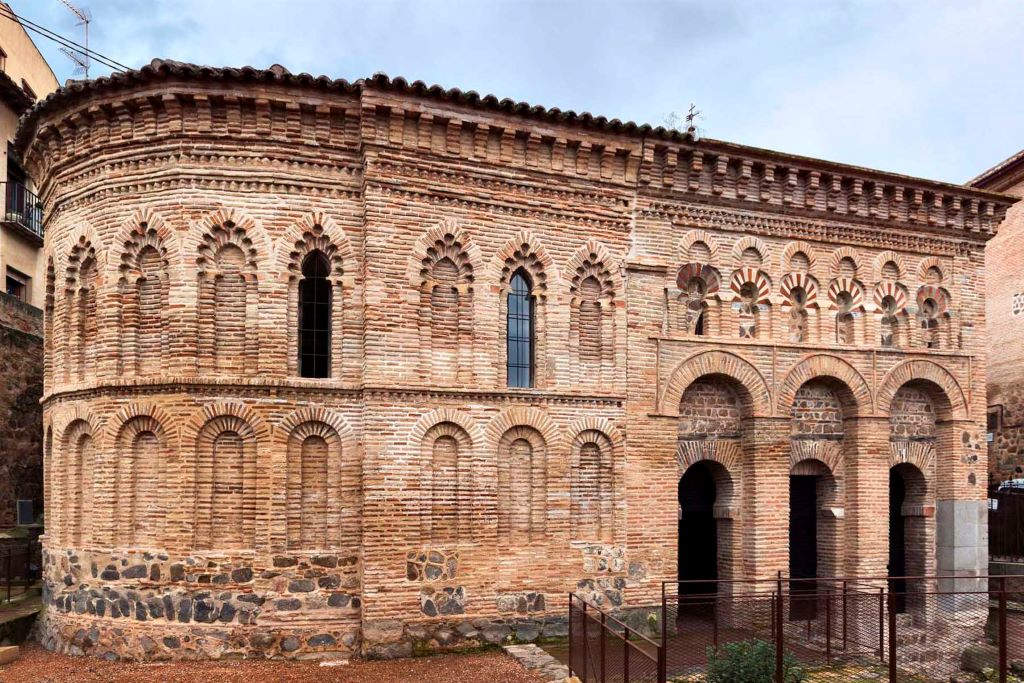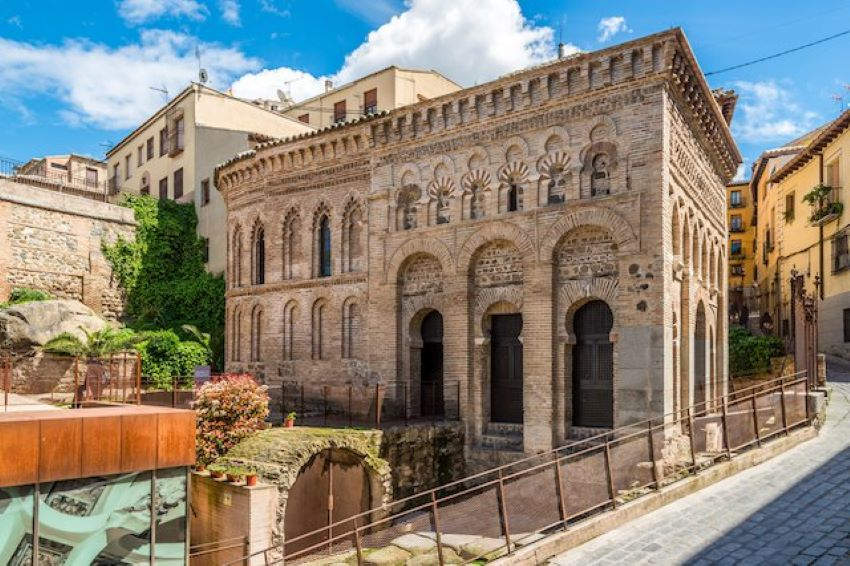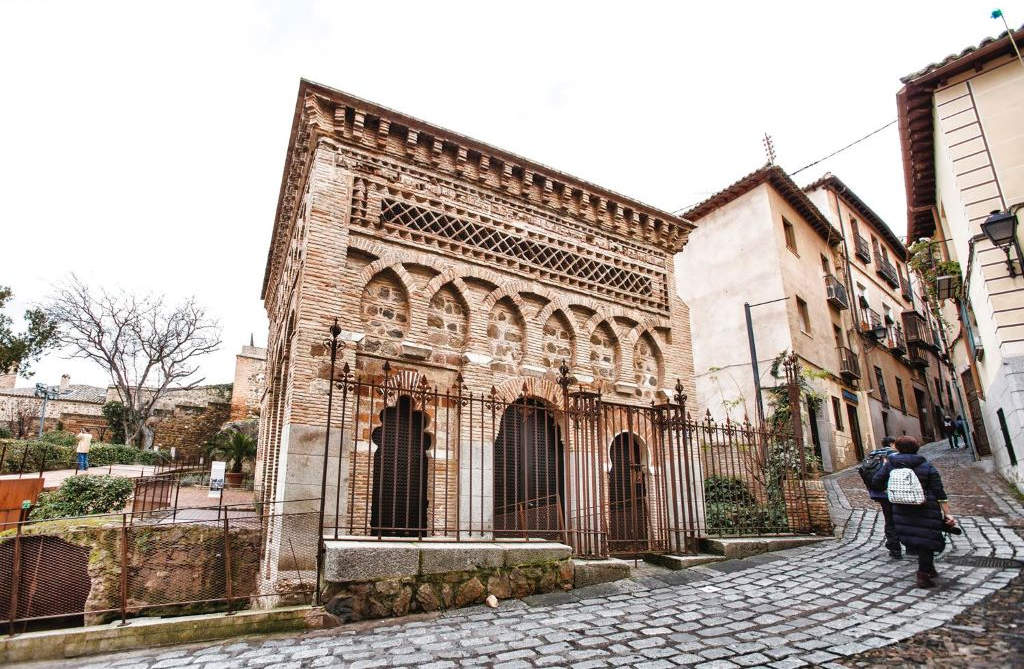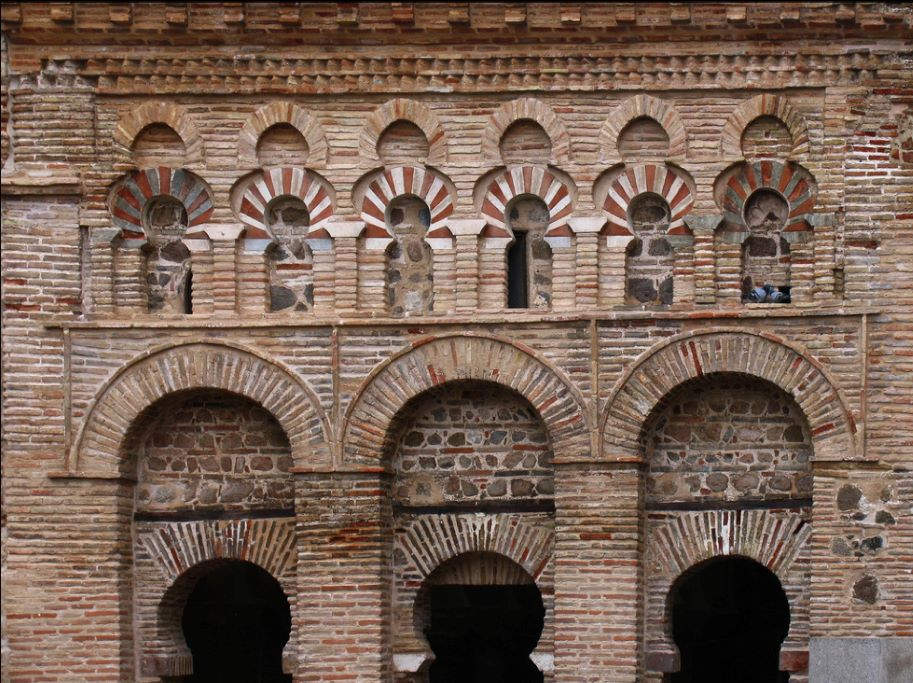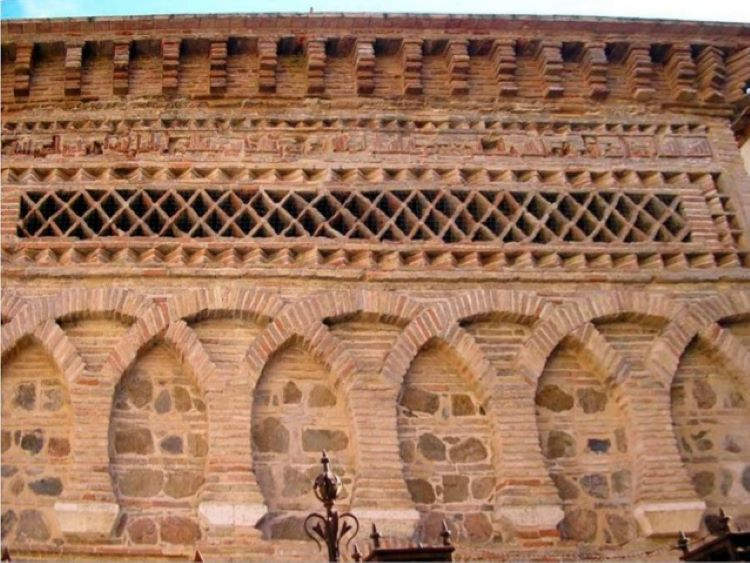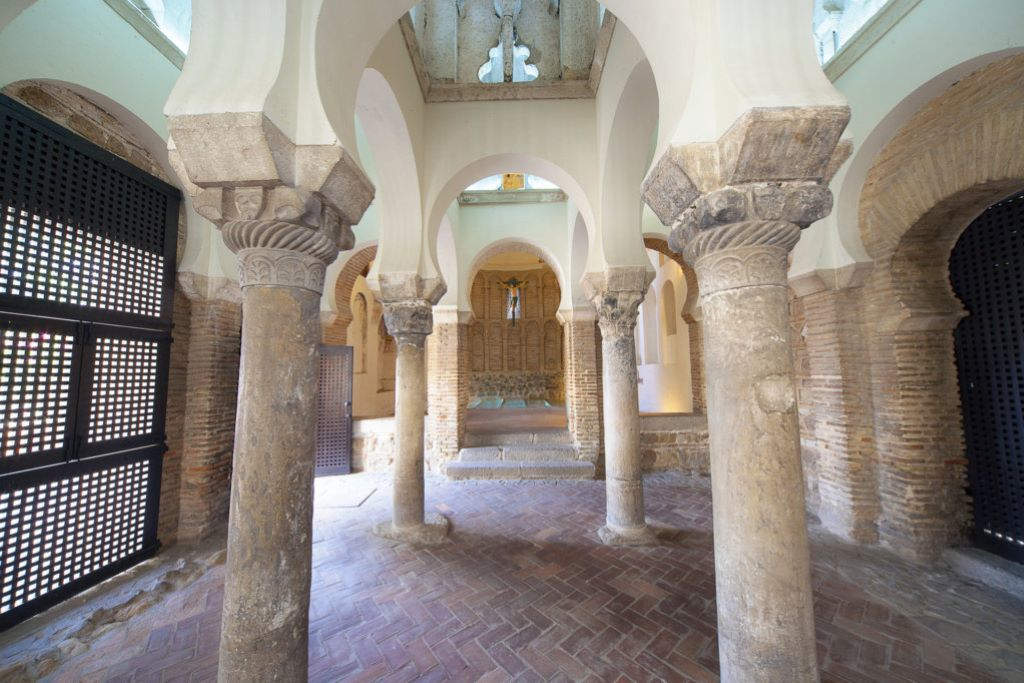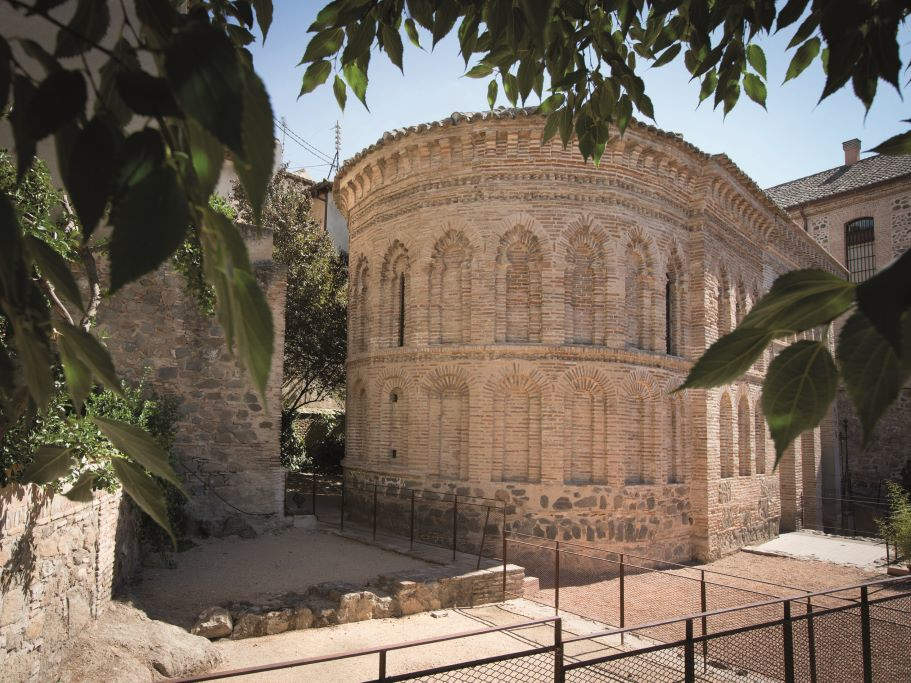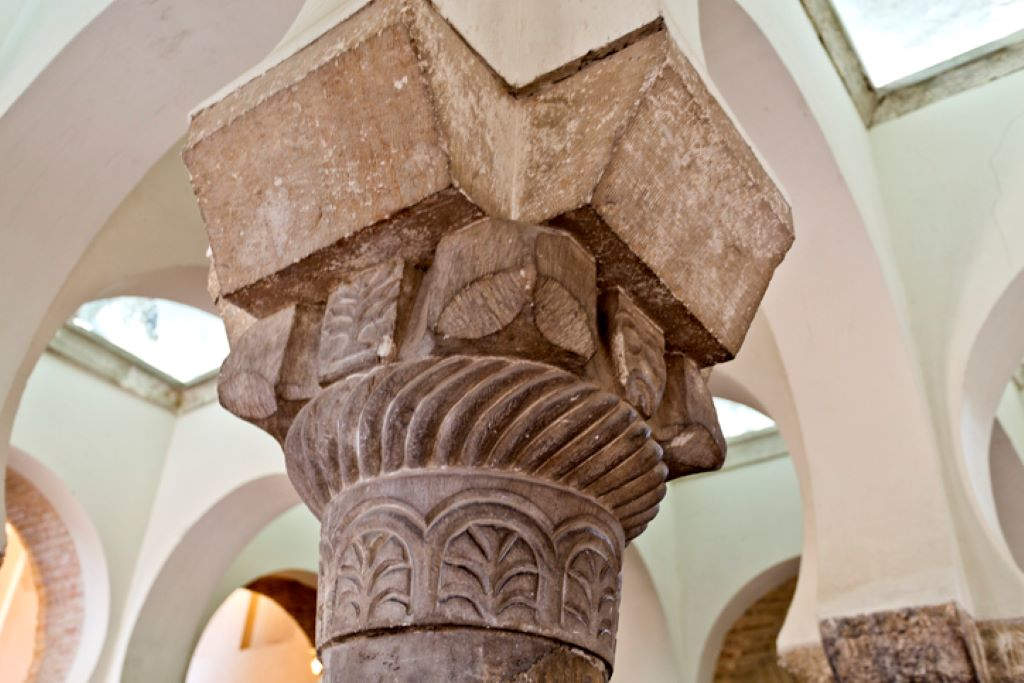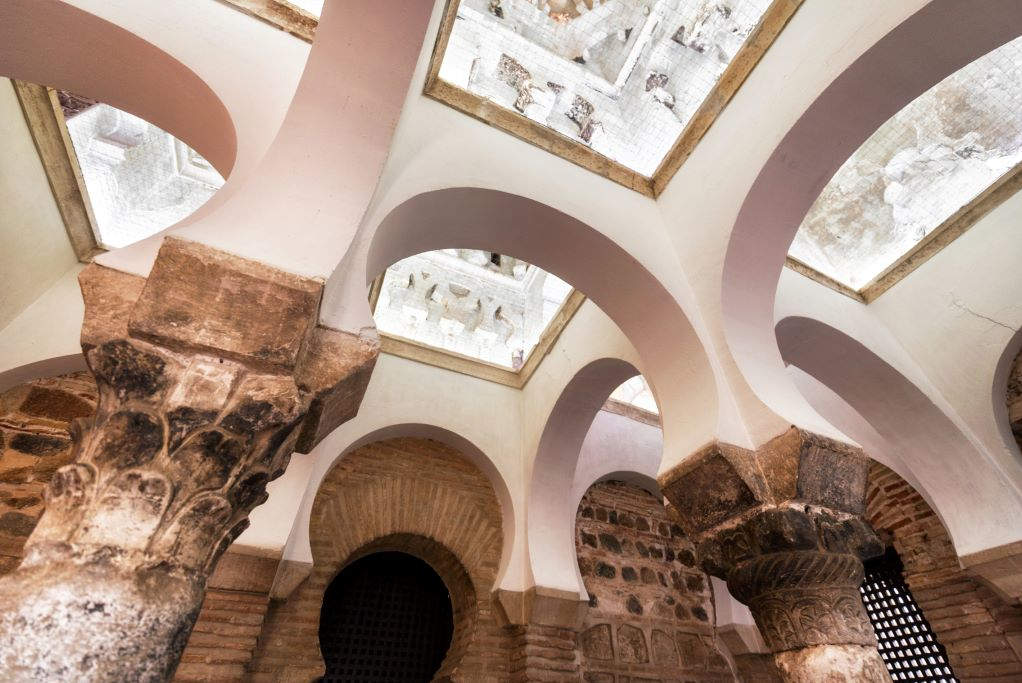Bab al-Mardum Mosque
This small jewell, also known as Cristo de la Luz Mosque, is one of the most important monuments of the Hispanic-Muslim and Mudejar architecture in Spain, and the most important exhibition of Islamic art in Toledo. It was built during the Caliphate period (10th century). Two centuries later, transformed into a church, an apse was added following the style of the original building and giving rise to the Mudejar art.





